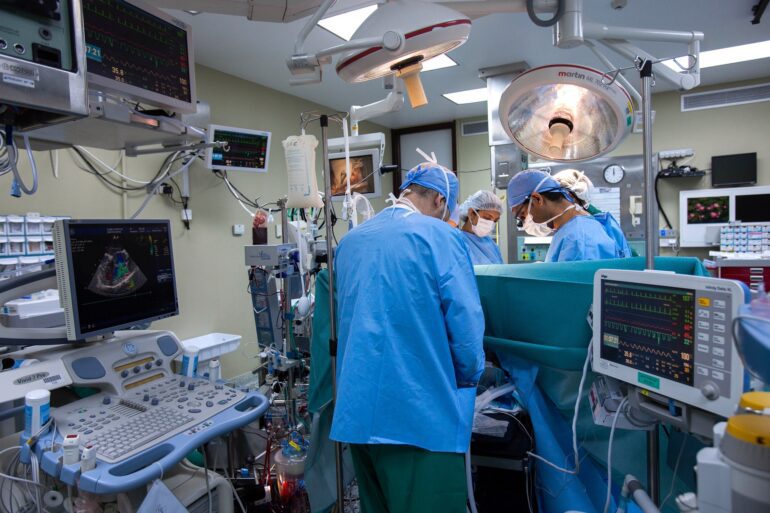TL;DR:
- Cardiac arrest in ICUs is a significant challenge, affecting up to 7.8% of patients upon admission.
- Quick identification and response are critical for patient survival.
- Seoul National University Hospital has developed an ML model using heart rate variability (HRV) measures for prediction.
- The model excels in early detection and utilizes only ECG data, simplifying predictions.
- It offers a practical and adaptable solution for cardiac arrest prediction in critical care settings.
Main AI News:
In the challenging landscape of Intensive Care Units (ICUs), where cardiac arrests can strike unpredictably, a groundbreaking solution has emerged. Cardiac arrest, a distressing event occurring in 0.5–7.8% of patients upon hospital admission, has long posed a formidable challenge for healthcare providers. Despite significant advancements in critical care, the diverse causes and elusive nature of these incidents make prevention a formidable task. The critical elements for improving patient survival rates lie in swift identification and immediate response, involving interventions such as early defibrillation and cardiopulmonary resuscitation (CPR).
Addressing this pressing need, a dedicated team of researchers at Seoul National University Hospital (SNUH), located in Seoul, South Korea, has unveiled a cutting-edge machine learning (ML) model. What sets this model apart is its innovative reliance on heart rate variability (HRV) measures derived from ICU patients’ data to predict in-hospital cardiac arrests. Unlike conventional models that rely on extensive electronic medical records (EMR) data, this novel approach simplifies the prediction process by harnessing the power of HRV measures alone, enabling real-time and continuous patient monitoring.
The study has spotlighted the remarkable effectiveness of the light gradient boosting machine (LGBM) model, which has demonstrated remarkable proficiency in early detection and swift prediction of in-hospital cardiac arrests. This heightened level of prediction accuracy holds the promise of significantly enhancing patient outcomes within clinical settings. Notable strengths of this model include its exclusive utilization of electrocardiogram (ECG) data for risk prediction, the incorporation of diverse HRV measures, and its transparency in elucidating risk factors through these measures.
A standout feature of this model is its exclusive reliance on ECG data, making it exceptionally practical and adaptable to various healthcare environments. Continuous ECG monitoring is already a standard procedure in ICUs, making this approach a stark departure from previous models that necessitated multiple data types, including demographic information, vital signs, and laboratory results. The SNUH research team’s model, by focusing solely on ECG data, offers a streamlined and feasible solution for predicting cardiac arrests in critical care settings.
Conclusion:
This innovative ML model has the potential to transform the healthcare market by providing a highly accurate and streamlined approach to predicting in-hospital cardiac arrests in ICUs. Its reliance on ECG data and real-time monitoring capabilities make it a game-changer, enhancing patient outcomes and reducing the burden on healthcare professionals.

